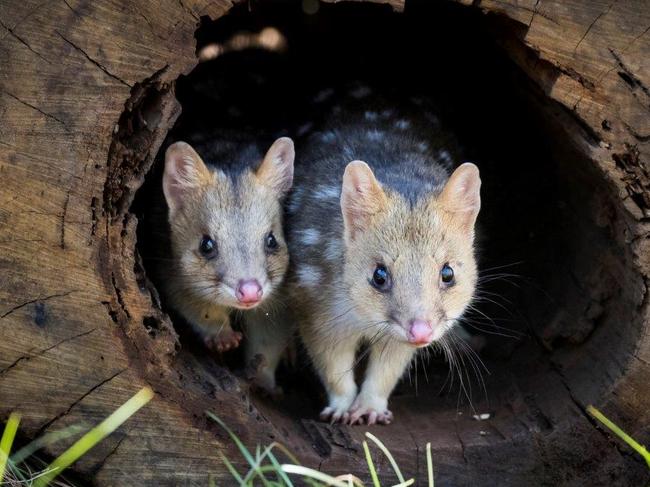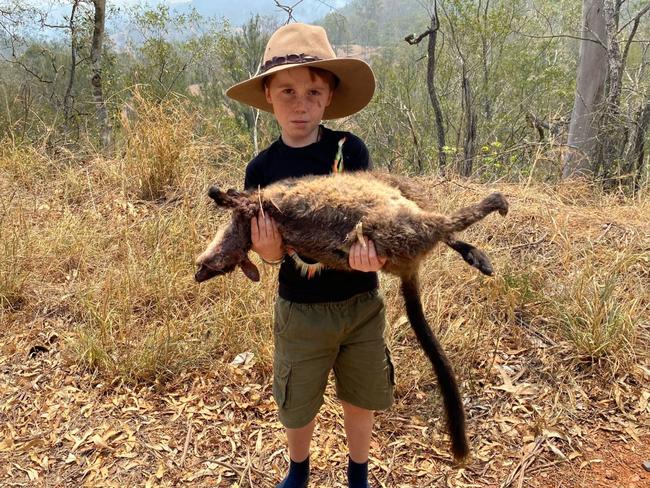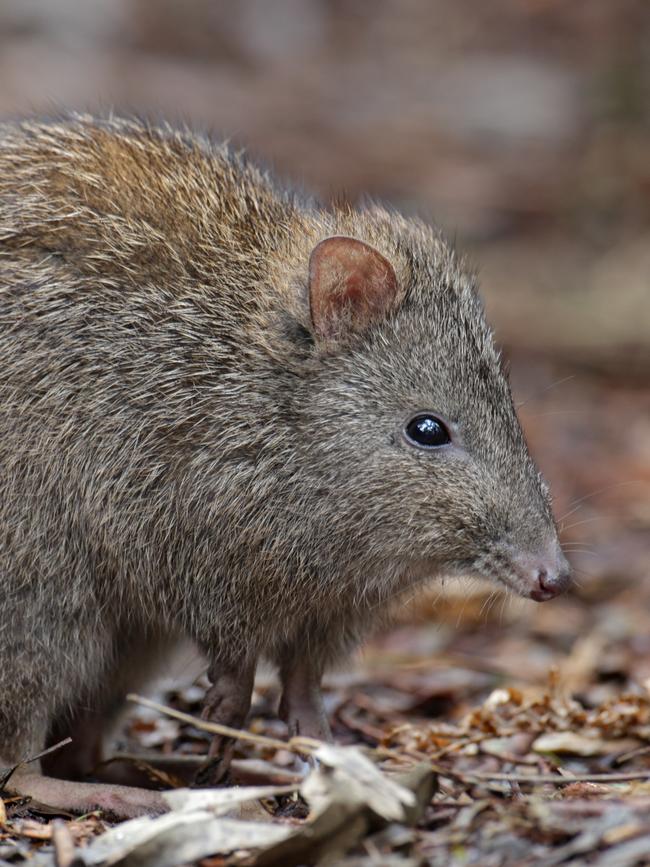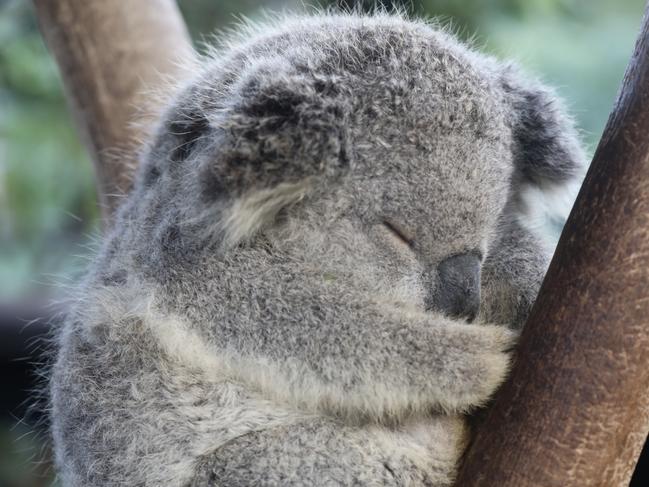Aussie Ark works to rebuild animal wildlife populations after bushfires
In 2000ha of predator-proof wilderness in NSW, the heavy lifting of species preservation has been chugging along for years. Now, the work of Aussie Ark is more important than ever following the state’s devastating bushfires.
- Devastating bushfire loss of historic assets revealed
- Almost 50 ‘crucial’ jobs within NPWS remain unfilled
After months of catastrophic bushfires that have killed as many as a billion animals, a sanctuary in the Barrington Tops is providing a glimmer of hope for wildlife.
Aussie Ark, NSW’s largest private conservation organisation, had been working to rebuild threatened species populations long before recent events.
In this 2000ha area, experts have been breeding robust insurance populations of threatened and endangered small mammal species while creating semi-wild sanctuaries where decimated populations can recover.

Built off the success of the Devil Ark, which was founded in 2011 and is now the mainland’s largest Tasmanian devil breeding facility, the Ark has become a life raft for species such as the brush-tail rock wallaby, southern brown bandicoot, long-nosed potoroo and eastern quoll.
Ark president Tim Faulkner said the mammals under its protection were all in the critical weight range, between 500g and 5kg, “the very definition of fox and feral cat food”.
RELATED NEWS:
Secret research deepens Liberal divisions over climate
Air quality fears stopped hazard reduction burns
Sanctuaries across the site were fenced from unnatural predators and habitat regenerated to remove invasive flora that overruns native vegetation and shelters pests.
“If you don’t address the habitat and give a species a platform to fix itself, it’s doomed,” Mr Faulkner told The Sunday Telegraph.
“The greatest threat to Australian wildlife aside from humans is the introduction of the feral fox and the feral cat.
“They’re responsible for about 90 per cent of Australian mammal extinctions. Australia has around 40 mammal extinctions and all except the Tasmanian tiger are in the critical weight range.”


Habitat recovery and predator-proof fencing is slow and costly, as fencing alone is $150 a metre. Government funds just five per cent of the Ark’s work, the rest is private, corporate and public donors, although a mix of organisations have had a hand in its projects.
The work has transformed the Barrington site, once a “ghost town” of small mammals, to a thriving ecosystem that also provides protection to more than 50 native mammal, 278 bird and 42 reptile species already there.
“The basic model for us is that species recovery is risky because, if you only target the species, you’re not fixing the platform,” Mr Faulkner said.
“We can breed, and we can harvest and take young and move them into sanctuary management and that’s a self-sustaining wild population of either quoll or bettong, or bandicoot, for example.
“But the reality is if you fix the platform, that is habitat recovery, for the mammal, most of the time you’ve also addressed threats to all the other vertebrates, reptiles, amphibians, birds, and your flora, of course.”


In its 50ha species recovery unit, there are about 500 threatened and endangered mammals forming “the bank, the insurance population”. They include more than 60 Eastern quolls, some of which were the first births in the Barringtons in a century.
Next door is a 64ha predator-proof fenced sanctuary where animals are given a soft release to be “hardened” for life in the wild.
The “big gig” is down the road, a semi-wild 400ha sanctuary soon to open with 9km of predator proof fencing. “You can get lost in there,” said Faulkner, adding that trial animals released inside on January 6 are yet to hit the fence yet according to their GPS collars.
Soon the Ark will expand to another 500ha bushland sanctuary across the road and is in talks with the state government to manage 12,000ha of NSW forests.

In the wake of the fires, a planned 7000ha Koala Ark will also be fast-tracked to support up to 1500 koalas. It will be the world’s first and largest wild koala sanctuary.
Mr Faulkner said the devastating impacts of the fires meant a massive upscale of projects was needed nationally to support organisations delivering results on the ground to wildlife.
The Ark’s teams have been assessing damage to species in the fire grounds since late 2019, and have doubled recovery projects for the endangered brush-tail rock wallaby.
Regionally, 80 per cent of the brush-tails’ habitat has been incinerated and, while food drops are helping sustain surviving populations, it’s a species on life support.
They’ve also been relocating endangered Hunter River turtles and platypus from dried-up waterways, many unable to be released due to poor health conditions.

Faulkner said it was a challenging time and when the fires quieten down, other threats will remain; drought, disease, climate change and man-made impacts to land and water use.
“Our animals are resilient. I’m pulling turtles out of puddles that you couldn’t think something that needs water could survive in, but they can,” he said.
“But to improve the trajectory of wild animals there must be focus on addressing the long-term outcomes. That means species recovery, habitat recovery.
“We can keep them safe, we can move them into sanctuaries but ultimately, they belong in the wild.”
The Aussie Ark is raising funds for its Australian Wildfire Fund for on-the-ground action to help ecosystems recover, and the Koala Ark. To help, visit aussieark.org.au
Originally published as Aussie Ark works to rebuild animal wildlife populations after bushfires
